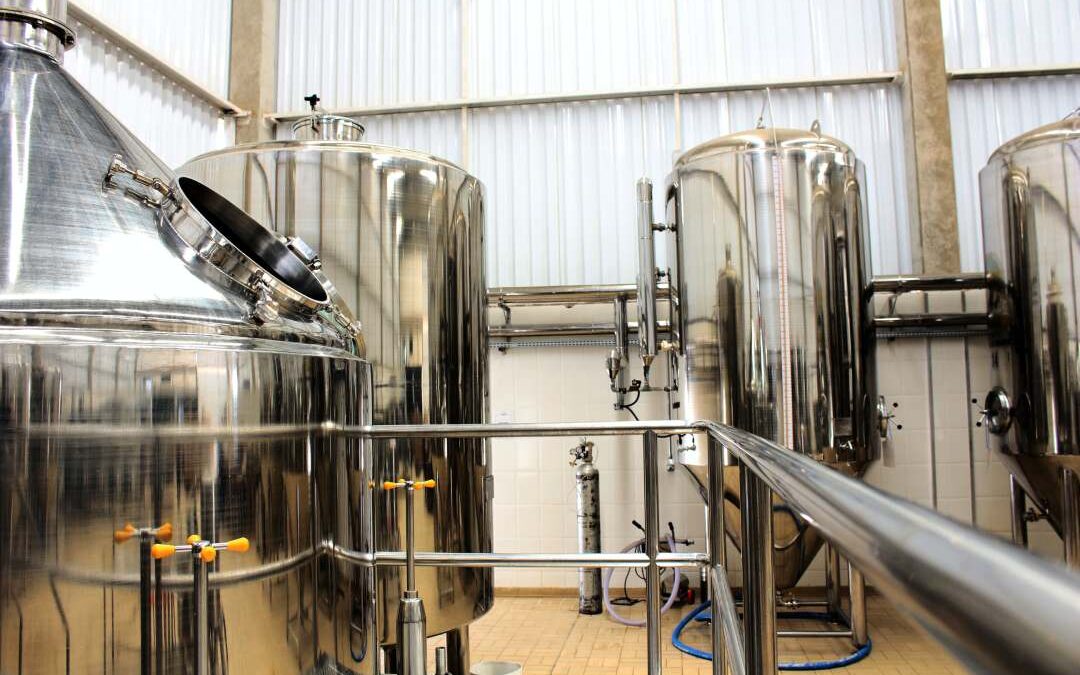Oman’s Ambitious Hydrogen Revolution Propels the Country Towards Sustainable Energy Excellence
Oman’s foray into hydrogen energy is an economic revolution. With its strategic geographic location and abundant natural resources, Oman is uniquely positioned to become a global hub for hydrogen production and export.
Oman, a prominent member of the Gulf Cooperation Council (GCC), aims to produce at least 1 million tonnes of renewable hydrogen annually, with plans to increase this to 3.75 million tonnes by 2040 and up to 8.5 million tonnes by 2050.
Oman Vision 2040, is the cornerstone of Oman’s strategy to diversify its economy and align with the global shift towards cleaner, renewable energy sources, mirroring the broader regional movement in the GCC.
Oman’s hydrogen initiatives are part of broader collaborative efforts globally and within the GCC to foster a hydrogen economy –amplifying the impact of individual initiatives but also positioning the GCC as a collective force in the global energy transition.
Oman has formed various strategic partnerships with international consortiums involving companies from Denmark, the United States, the United Kingdom, Kuwait, and Singapore for the development of a mix of both blue and green hydrogen initiatives.
Blue Hydrogen Projects
Blue hydrogen is a type of hydrogen produced from natural gas using steam methane reforming (SMR). In this process, methane, the main component of natural gas, reacts with steam at high temperatures and pressures to produce hydrogen and carbon dioxide. The term “blue” in blue hydrogen refers to the fact that the carbon dioxide emissions generated during the production process are captured and stored using carbon capture and storage (CCS) technology.
Oman Shell’s Blue Hydrogen & Ammonia Project, planned for implementation at Duqm, aims to produce blue hydrogen by processing natural gas into hydrogen and carbon dioxide (CO2). The blue hydrogen and ammonia produced will be used domestically by green steel projects and various industries in the Special Economic Zone at Duqm (SEZAD), and exported to international markets.
The Petroleum Development Oman (PDO) Blue Hydrogen Initiative is diversifying into carbon capture, utilization, and storage (CCUS), which is critical for achieving a zero-carbon economy. This initiative is part of their broader strategy to develop blue hydrogen.
Green Hydrogen Projects
The country is harnessing its vast solar and wind energy potential to produce green hydrogen. Oman is set to establish its first hydrogen refueling station in 2024, as part of a project led by Hydrogen Systems, a Saudi Arabian company. This station, awarded by Oman Shell, will be located near Muscat International Airport and is a key step towards realizing Oman’s hydrogen ambitions. It will include facilities for the production of green hydrogen and will be partially solar-powered.
Green Energy Oman, an international consortium comprising OQ (Oman’s global integrated energy company), InterContinental Energy, and EnerTech is developing an integrated green fuels mega project in Oman. This project includes 25 gigawatts (GW) of renewable solar and wind energy at full capacity.
Hydrogen Oman SPC (Hydrom), a subsidiary of Energy Development Oman SAOC (EDO), has signed three agreements for the development of green hydrogen projects in Oman, with a total investment value exceeding USD 20 billion. These projects aim to produce half a million tonnes of green hydrogen per annum from more than 12 GW of installed renewable energy capacity. In the near term, significant inflows of foreign direct investment are likely to boost the country’s economic growth, with ancillary benefits for employment and related sectors.
The HyPort Duqm project is a partnership between OQ, Germany’s Uniper, and Belgium’s DEME, aimed at building a green hydrogen/ammonia facility at Duqm. It plans to use 1.3GW of renewable energy from wind and solar plants, producing an estimated 60,000 metric tonnes per annum of green hydrogen.
The SalalaH2 project announced for the coastal city of Salalah is a collaboration between OQ, industrial gases company Linde, and the Dubai Transport Company. It aims to leverage about 1GW of wind and solar energy.
The Green Energy Oman (GEO) Consortium Project involving a consortium comprising OQ, Shell Oman, and others, focuses on developing green hydrogen for ammonia export purposes. These projects, part of a series of agreements signed, are aimed at developing green hydrogen for various applications, including ammonia production and export. The projects collectively aim to produce half a million tonnes of green hydrogen per annum from over 12 GW of installed renewable energy capacity. They cover an area of 320 square kilometers in the Al Wusta Governorate.
The Amnah Consortium project led by Copenhagen Infrastructure Partners, aims to produce 215,000 tonnes per annum of green hydrogen. It is focused on supporting the localization efforts and promoting In-Country Value development, aligning with the Omani government’s objectives.
The ACWA Power Project in Dhofar is a major green hydrogen-based ammonia production facility powered by renewable energy, developed by ACWA Power in collaboration with integrated Omani energy group OQ and Air Products. This project, with an estimated cost of $7 billion, is expected to be operational before 2029 and is considered a world-scale venture in green hydrogen production. It is an integrated green hydrogen and ammonia project powered by renewable energy.
These projects, both blue and green, position Oman as a leader in hydrogen production, storage, and transportation, contributing significantly to the region’s sustainable energy solutions and balancing climate change.
The Road Ahead
The increasing focus on hydrogen-fuel projects in the GCC is a critical component of the region’s energy transition and economic diversification strategies. These initiatives are not just environmentally significant; they are reshaping the economic landscape, promising new job opportunities, and setting the stage for the GCC to become a global leader in green energy.
Also Read
UAE Leads a Wave of Hydrogen Fuel Projects in the GCC
Benoy P Jacob
Related posts

Subscribe
Error: Contact form not found.

